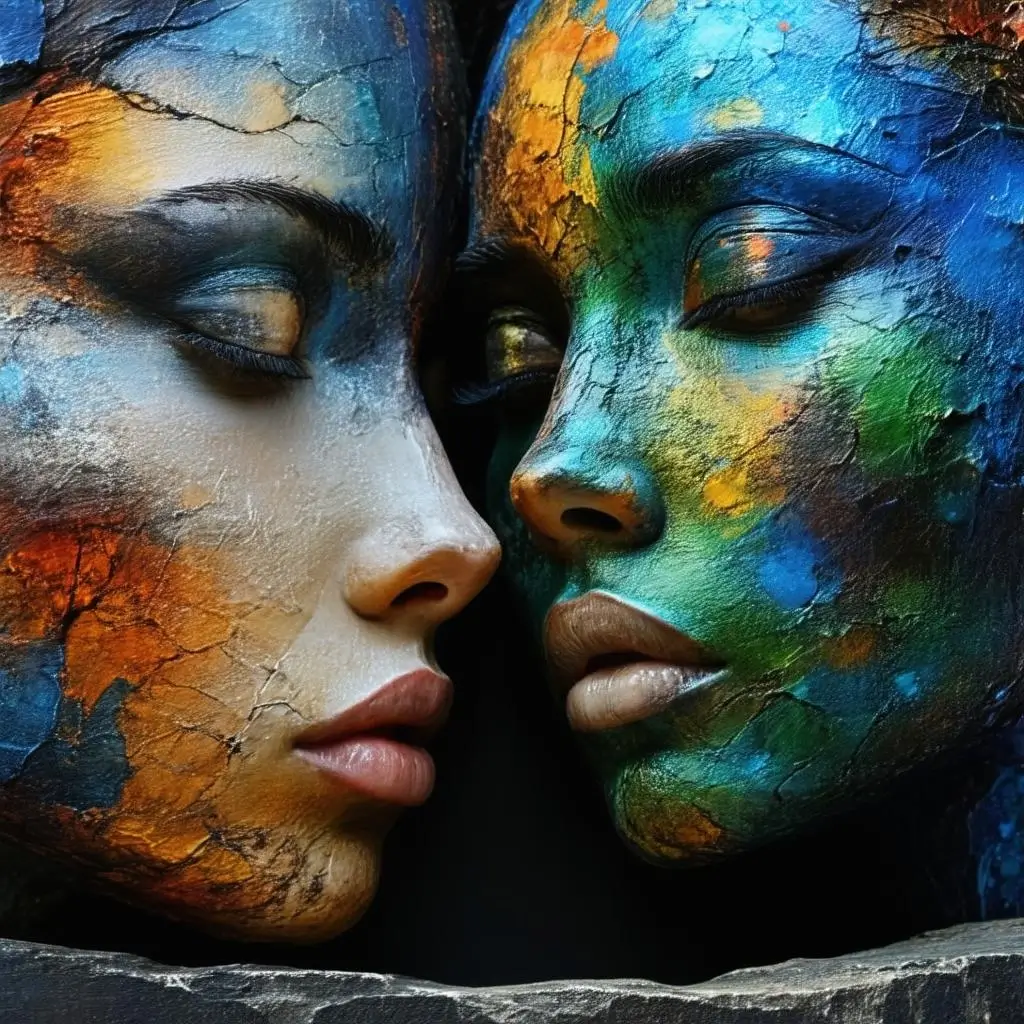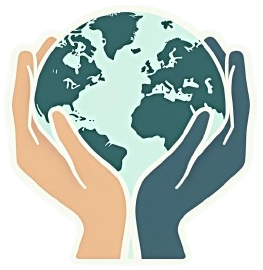The Power of Art in Society

Art has always been a vital medium for human expression. From ancient cave paintings to modern digital art, it serves as a mirror to society, reflecting its values, struggles, and aspirations. Art transcends language barriers, connecting people across cultures and generations.
Throughout history, art has been used as a tool for change. During the Renaissance, artists like Michelangelo and Da Vinci revolutionized how we perceive humanity and the world. In more recent times, protest art has been instrumental in raising awareness about social justice issues, such as civil rights movements or environmental concerns.
Art also plays a therapeutic role in society. It has the power to heal, inspire, and unite. Community art projects, for instance, have been shown to strengthen local identities and foster collaboration among diverse groups. By bringing people together, art helps bridge divides and nurture understanding.
In modern times, the digital revolution has expanded the reach of art. Platforms like social media have allowed artists to share their work globally, influencing cultural dialogues and reshaping public opinions. As society evolves, so does the role of art, remaining a cornerstone of cultural expression and social transformation.
In modern times, the digital revolution has expanded the reach of art. Platforms like social media have allowed artists to share their work globally, influencing cultural dialogues and reshaping public opinions. As society evolves, so does the role of art, remaining a cornerstone of cultural expression and social transformation.
